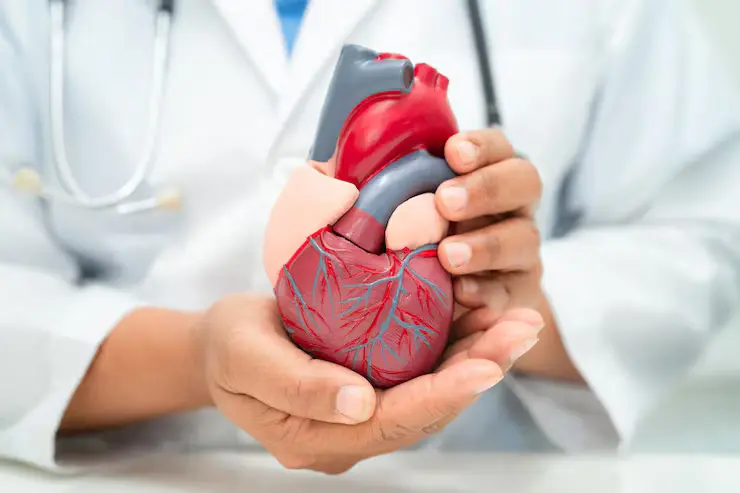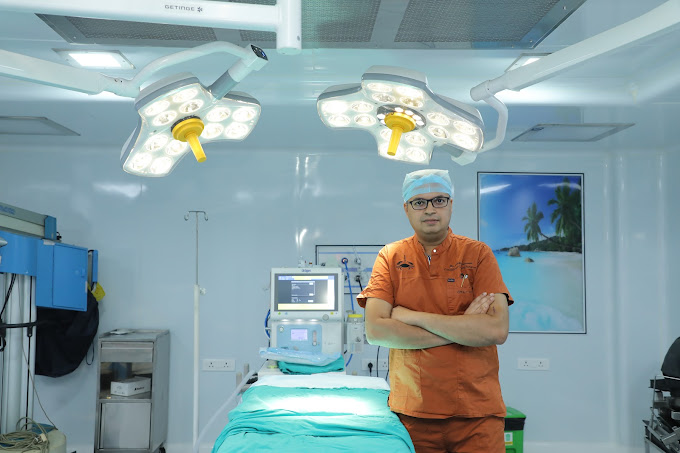PICC Line Insertion Cancer Surgery in Indore
- Home
- PICC Line Insertion Cancer Surgery in Indore

A Peripherally Inserted Central Catheter (PICC) is a type of central venous system device that provides reliable access to the bloodstream for the administration of chemotherapy drugs, IV medications, fluids, and parenteral nutrition. PICC line insertion is a minimally invasive procedure performed under local anesthesia, typically as a day care procedure, offering numerous benefits for patients undergoing long-term treatment.
Minimally Invasive Procedure: PICC line insertion is performed under local anesthesia using ultrasound guidance, minimizing discomfort and reducing the risk of complications associated with traditional central venous catheter insertion.
Versatile Access: Once inserted, the PICC line can remain in place for an extended period, typically up to a year, providing reliable access for multiple types of medications and treatments, including chemotherapy, antibiotics, and nutritional support.
Convenient Administration: With a PICC line in place, medications and fluids can be administered directly into the bloodstream, eliminating the need for repeated needle sticks and reducing the risk of vein damage or irritation associated with peripheral IV access.
Choose Dr. Sanjog Jaiswal for PICC Line Insertion Cancer Surgery in Indore for his expertise and compassionate approach. With a focus on patient comfort and safety, Dr. Jaiswal ensures optimal care throughout the procedure, prioritizing effective treatment and positive outcomes. Trust him for comprehensive and personalized cancer care.
The PICC line is inserted into a peripheral vein, typically in the arm, using ultrasound guidance to ensure precise placement. The procedure takes approximately 1 to 1.5 hours to complete.
PICC line insertion is performed under local anesthesia, so discomfort is minimal. Some patients may experience mild pressure or a sensation of warmth during the procedure.
A PICC line can typically remain in place for up to a year, depending on the patient's treatment needs and vascular health. Regular monitoring and maintenance are essential to prevent complications.
Proper care and maintenance of the PICC line are essential to prevent infections and complications. This includes regular flushing, dressing changes, and vigilant monitoring for signs of infection or malfunction.
